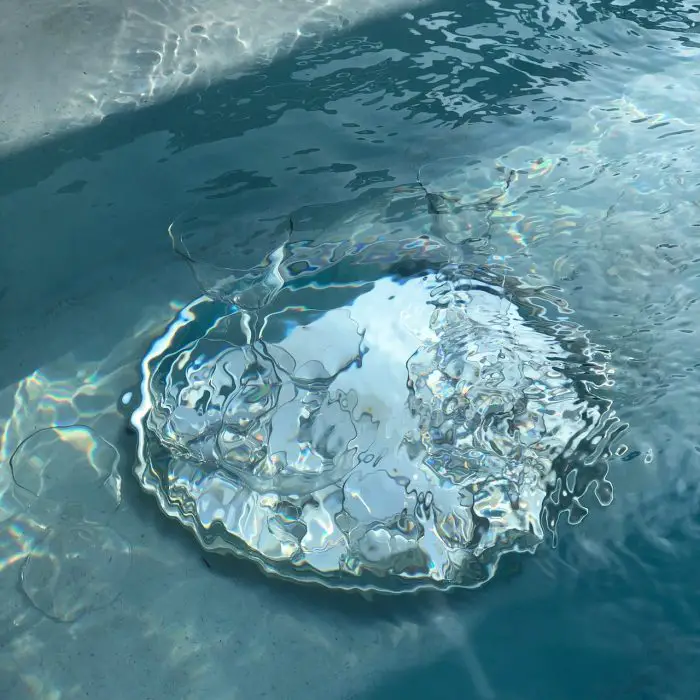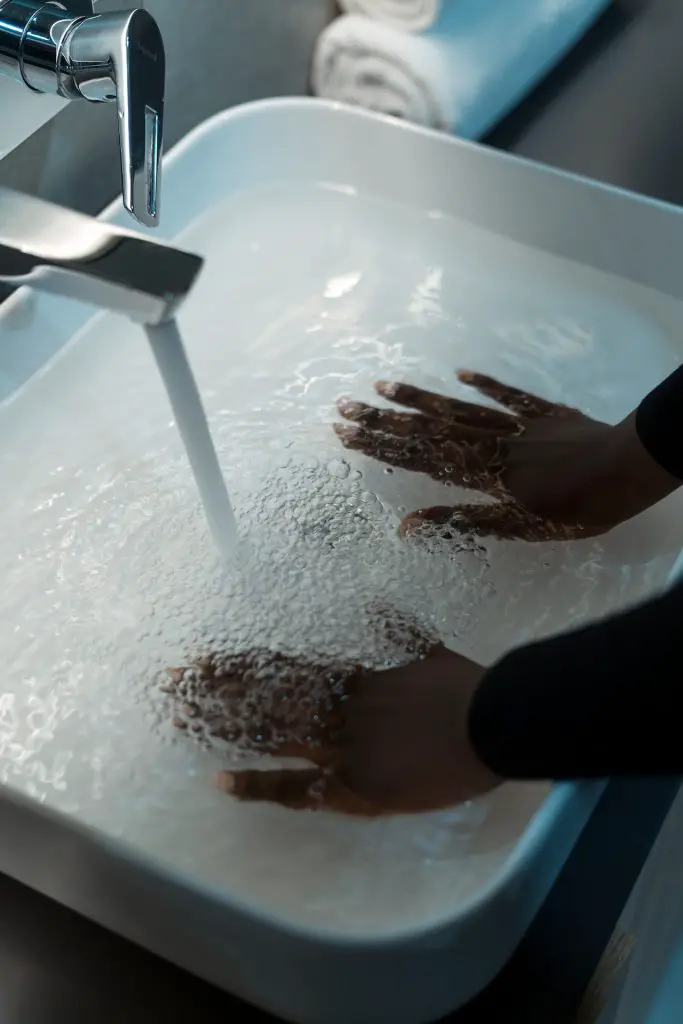Parts of a Kitchen Sink Drain
Everything You Need to Know About the Inner Workings of a Kitchen Sink Drain
Are you tired of dealing with slow drains and foul odors in your kitchen sink? Understanding the inner workings of a kitchen sink drain can help you tackle these common plumbing issues with confidence.
In this comprehensive guide, we will walk you through everything you need to know about the inner workings of a kitchen sink drain. From the basics of how a drain is designed and how it functions to identifying potential problems and effective maintenance tips, we’ve got you covered.
Learn about the different components of a kitchen sink drain, including the strainer, trap, and tailpiece, and how they work together to ensure proper drainage. Discover common problems that can occur, such as clogs and leaks, and find out how to troubleshoot and fix them yourself.
Whether you’re a DIY enthusiast or simply want to have a better understanding of how your kitchen sink drain works, this article is for you. Get ready to become a pro at keeping your kitchen sink draining smoothly and smelling fresh. So let’s dive in and explore the inner workings of a kitchen sink drain!

How does a kitchen sink drain work?
The kitchen sink drain may seem like a simple component, but it plays a crucial role in ensuring proper drainage. The drain is composed of several interconnected parts that work together to carry water and waste away from your sink.
At the heart of the drain system is the strainer. This is the visible part of the drain that sits inside the sink bowl and catches large debris, such as food particles and utensils, preventing them from entering the pipes. The strainer is equipped with small holes that allow water to pass through while trapping solid waste.
Connected to the strainer is the trap, which is a curved section of pipe designed to hold a small amount of water. The trap serves two important purposes: it prevents sewer gases from entering your home and it catches any small debris that may have bypassed the strainer.
Below the trap is the tailpiece, a straight section of pipe that connects the trap to the main drain line. The tailpiece directs the wastewater from the sink into the larger plumbing system, where it eventually reaches the sewer or septic tank.
Now that you have a better understanding of the different components, let’s explore some common problems that can occur with kitchen sink drains.
Common problems with kitchen sink drains
Clogs are one of the most common issues homeowners face with their kitchen sink drains. Over time, a buildup of food particles, grease, and soap scum can accumulate in the pipes, causing a blockage. This can lead to slow draining or even complete backups, resulting in standing water in the sink.
Another problem that can occur is leaks. Leaks may develop at various points in the drain system, such as the connections between pipes or the trap itself. These leaks can cause water damage to your cabinets and floors if left unattended.
Foul odors emanating from your kitchen sink can also be a sign of a problem. The accumulation of organic matter in the pipes can create a breeding ground for bacteria, leading to unpleasant odors. Additionally, if the trap becomes dry due to infrequent use, sewer gases can enter your home, causing a foul smell.
Now that you know some of the common problems, let’s discuss how to identify them and what you can do to fix them yourself.
Signs of a clogged kitchen sink drain
Identifying a clogged kitchen sink drain is relatively easy if you know what to look for. Slow draining water is one of the most obvious signs of a blockage. If you notice that it takes longer for water to empty from your sink, it’s likely that a clog is forming.
Another indicator is a gurgling sound coming from the drain. This occurs when air is trapped in the pipes due to a partial blockage. The air bubbles escaping through the water create the gurgling noise.
Unpleasant odors emanating from the drain can also be a sign of a clog. As organic matter builds up in the pipes, it begins to decompose, releasing foul-smelling gases.
If you notice any of these signs, it’s time to take action and unclog your kitchen sink drain. Let’s explore some DIY methods you can try.

DIY methods to unclog a kitchen sink drain
Before reaching for harsh chemical drain cleaners, try some DIY methods to unclog your kitchen sink drain. These methods are not only effective but also safer for your pipes and the environment.
One of the simplest ways to unclog a sink drain is by using hot water. Boil a pot of water and carefully pour it down the drain in several stages. The hot water can help dissolve and flush away grease and soap scum that may be causing the blockage.
If hot water alone doesn’t do the trick, try using a plunger. Place the plunger over the drain opening, ensuring a tight seal. Push and pull the plunger vigorously to create suction, which can dislodge the clog. Repeat this process a few times, and then run hot water to flush away any remaining debris.
Another effective method is using a mixture of baking soda and vinegar. Start by pouring half a cup of baking soda down the drain, followed by half a cup of vinegar. Allow the mixture to fizz and bubble for a few minutes, and then flush it down with hot water. The chemical reaction between the baking soda and vinegar can help break down the clog.
If these DIY methods don’t work, it may be time to try natural remedies or call a professional plumber. Let’s explore these options next.
Using natural remedies to clear a clogged kitchen sink drain
If you prefer natural remedies over chemical drain cleaners, there are several options you can try to clear a clogged kitchen sink drain.
One effective method is using a combination of salt and baking soda. Mix equal parts of salt and baking soda and pour the mixture down the drain. Let it sit for a while, and then flush it down with hot water. The abrasive nature of salt and baking soda can help break up the clog.
Another natural remedy is using a mixture of lemon juice and vinegar. Squeeze the juice of one lemon into a cup and mix it with one cup of vinegar. Pour the mixture down the drain and let it sit for about 30 minutes. Follow it up with hot water to flush away the clog.
Enzyme-based drain cleaners are another natural option. These cleaners contain bacteria and enzymes that can break down organic matter, such as food particles and grease. Follow the instructions on the product for best results.
If these natural remedies fail to clear the clog, it’s time to consider calling a professional plumber. Let’s discuss when it’s necessary to seek professional help.

When to call a professional plumber for kitchen sink drain issues
While many kitchen sink drain problems can be resolved with DIY methods, there are instances where it’s best to call a professional plumber.
If you’ve tried multiple DIY methods and the clog persists, it may be an indication of a more severe blockage deeper in the pipes. Professional plumbers have specialized tools, such as drain snakes or hydro jetters, to clear stubborn clogs effectively.
Additionally, if you’re experiencing frequent clogs or recurring issues with your kitchen sink drain, it may be a sign of an underlying problem. A professional plumber can inspect the drain system, identify any damaged or misaligned pipes, and provide long-term solutions.
Remember, attempting complex plumbing repairs without the necessary expertise can lead to further damage and costly repairs. It’s always better to seek professional help when in doubt.
Preventive measures to keep your kitchen sink drain clear
Prevention is key when it comes to maintaining a healthy kitchen sink drain. By following a few simple preventive measures, you can reduce the risk of clogs and keep your drain flowing smoothly.
First and foremost, avoid pouring grease and oil down the drain. These substances can solidify and cause blockages. Instead, collect the grease in a container (<– affiliate link!) and dispose of it in the trash.
Similarly, avoid disposing of food scraps, coffee grounds, and other solid waste down the drain. Use a strainer or a mesh screen over the drain to catch any debris and empty it into the trash.
Regularly clean the strainer to remove any buildup. Wipe it with a sponge or brush under running water to ensure it’s free from debris that can cause clogs.
Flushing your drain with hot water regularly can help prevent the buildup of grease and soap scum. Run hot water for a few minutes after each use to keep the pipes clear.
Upgrading your kitchen sink drain system
If you’re tired of dealing with frequent clogs or outdated plumbing, you may consider upgrading your kitchen sink drain system.
One option is to install a garbage disposal unit. A garbage disposal can help grind food waste into smaller particles, making it easier to flush down the drain. However, it’s important to note that not all kitchen sinks are compatible with garbage disposals, so consult with a plumber before making any changes.
Another option is to upgrade to a newer, more efficient drain system. Modern drain systems are designed to prevent clogs and improve drainage. A professional plumber can assess your current setup and recommend the best options for your needs.

Conclusion: Maintaining a healthy kitchen sink drain
A well-functioning kitchen sink drain is essential for a clean and functional kitchen. By understanding the inner workings of your drain system, you can troubleshoot and address common problems with confidence.
Remember to regularly inspect your drain for signs of clogs or leaks and take immediate action to prevent further damage. Implement preventive measures, such as avoiding pouring grease down the drain and using a strainer, to keep your drain clear.
If DIY methods fail to clear a stubborn clog or if you’re experiencing recurring issues, don’t hesitate to call a professional plumber. They have the expertise and tools to tackle complex drain problems effectively.
By following these tips and maintaining a healthy kitchen sink drain, you can enjoy a smoothly functioning sink and say goodbye to slow drains and foul odors.

